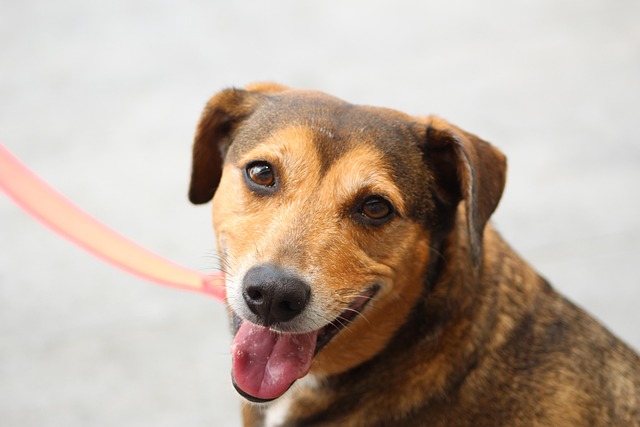
How can I tell if my dog's heatstroke is serious
Let’s be real: It’s a sticky August morning in Los Angeles, and you took your 2-year-old Golden Retriever, Max, for a walk a little later than usual
There’s that moment—your dog spots a butterfly, darts toward a neighbor’s yard, or bolts after a squirrel—and suddenly your voice feels tiny against the world. Getting them to turn around, ears perked, and race back isn’t just about convenience. It’s about keeping them safe, respecting shared spaces, and building a bond that feels unshakable.
Start small, where distractions are low. Try it in your living room first, when they’re already relaxed. Use a tone that sounds like the best news they’ve ever heard—bright, excited, like you’re holding a secret they need to know. Say their name, then “come”—short, sharp, happy. When they take even one step toward you, explode with praise. Toss a high-value treat—something they’d ignore a steak for, maybe freeze-dried chicken or their favorite cheese. Repeat this, slow and steady, until their ears prick at the sound of your voice alone.
Move outside, but stay close. Your backyard works. Let them sniff around, then call. If they hesitate, take a step back—sometimes dogs need a little space to feel like coming is their idea. Never chase them if they run; that turns it into a game you’ll lose. Instead, back up, clap, and make yourself more interesting than whatever caught their eye. When they reach you, reward immediately—timing matters more than you think. A treat in their mouth within two seconds links the action to the reward, so they get it: Coming to you = awesome things happen.
 As they get better, add distractions. Start with mild ones—a rustling bag, a passing bird. Then work up to busier spots: a quiet park, a friend with a calm dog. Always adjust to their comfort. If they struggle, step back to easier settings. Remember, public spaces often have rules—some areas require leashes unless your dog responds reliably. Check local ordinances, but even where off-leash is allowed, a solid recall keeps everyone—your pup, kids, other pets—safer.
As they get better, add distractions. Start with mild ones—a rustling bag, a passing bird. Then work up to busier spots: a quiet park, a friend with a calm dog. Always adjust to their comfort. If they struggle, step back to easier settings. Remember, public spaces often have rules—some areas require leashes unless your dog responds reliably. Check local ordinances, but even where off-leash is allowed, a solid recall keeps everyone—your pup, kids, other pets—safer.
Avoid the common slip-ups. Yelling when they finally return teaches them your call means trouble. Even if you’re stressed, greet them like they just won a prize, then gently guide them back to where you want them. Punishing them later? They won’t connect the scold to the earlier run. It just makes them wary of approaching at all.
Make it part of daily life, not just “training time.” Call them before meals, when you grab their leash for a walk, or when you’re about to toss their favorite toy. Random, positive interactions build trust. Over time, “come” stops being a command and becomes an invitation—one they’ll race to accept, no matter what’s happening around them.
Patience matters more than speed. Some days will feel like progress; others, like you’re starting over. That’s normal. Every dog learns at their own pace, and rushing leads to frustration—for both of you. Celebrate the small wins: the quick head turn, the pause mid-dash, the moment they choose you over that fascinating patch of grass.
At the end of the day, it’s not just about obedience. It’s about knowing, deep down, that no matter how far they wander, your voice will always bring them home. And that? That’s the kind of security every dog—and every dog owner—deserves.

Let’s be real: It’s a sticky August morning in Los Angeles, and you took your 2-year-old Golden Retriever, Max, for a walk a little later than usual

You're enjoying a summer afternoon at the park when you notice your dog has stopped panting and appears disoriented - their gums are bright red

Let’s paint the picture: You’re in your Denver apartment, watching your 4-year-old Boston Terrier, Ruby, plop down mid-play session with her favorite toy

Many dog owners notice their pets nails seem shorter after regular walks,but how much does this daily activity actually help?The answer depends on where you walk—concrete sidewalks or asphalt streets gently file nails as a dog's paws hit the ground

Most dog owners notice their pup scooting across the carpet at some point, but few connect it to impacted anal glands. These small sacs near a dog’s rectum secrete a scent for marking territory

Most vets agree that regular dog teeth cleaning is key to avoiding painful dental issues later. For healthy adult dogs, a professional cleaning at the vet’s office every 12 to 18 months usually works well.